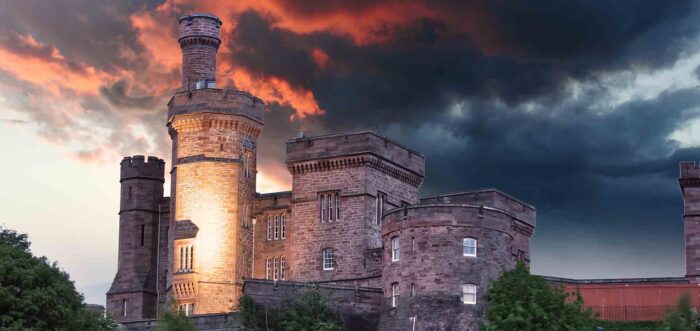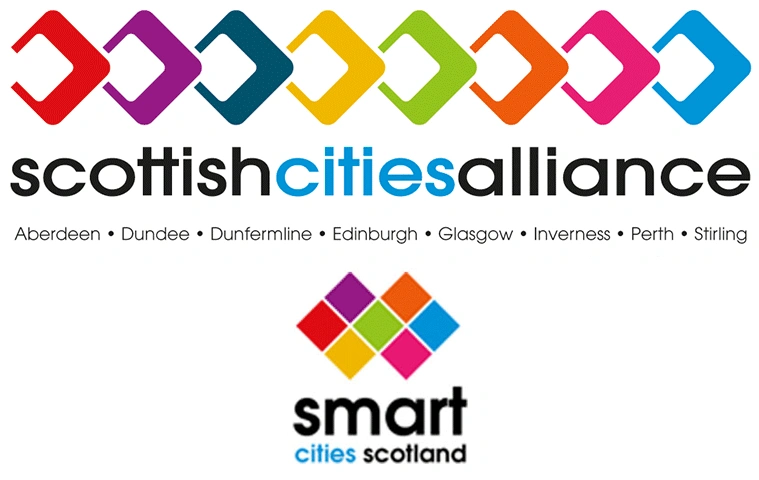
Scotland’s vibrant visitor attraction sector is set to reach new heights with the introduction of a groundbreaking Quality Assurance scheme. Designed by the industry, for the industry, and operated on a not-for-profit basis, this initiative aims to enhance the visitor experience and maintain Scotland’s reputation as a world-class tourism destination.
The Association of Scottish Visitor Attractions (ASVA) is leading the charge alongside Scottish cities, with the scheme set to launch on April 14th. This comes at a time when Scotland’s tourism industry is experiencing significant growth, with visitor attractions recording 49,708,483 visits – a 3.9% increase from 2023. This surge marks a full recovery from the pandemic, with over 33 million more visits than in 2021. This growth was evident in international visitor spending, which amounted to £1.5 billion in the first half of 2024 alone. According to the most recent full-year assessment for 2023, the Scottish tourism sector was valued at £10.8 billion in total and supported approximately one in eleven jobs in the Scottish economy, employing nearly 250,000 people.
Edinburgh: The capital As Scotland’s capital, Edinburgh continues to dominate the tourism landscape. Edinburgh Castle remains the most popular paid-for attraction, welcoming 1,981,152 visitors in 2024 – a 4% increase from the previous year. The National Museum of Scotland retained its title as the country’s most-visited free attraction, while St Giles’ Cathedral saw an impressive 18.3% rise in footfall to 1,742,147 visitors, which has partially been credited to its prominent appearance on the silver screen, in series such as ‘Avengers’, ‘Frankenstein’ and ‘Fast & Furious’.
Inverness and Stirling: A historic draw Inverness, the gateway to the Highlands, has seen a notable surge in visitors, particularly at the Culloden Battlefield. This poignant site, marking the end of the 1745 Jacobite Rising, experienced a noteworthy 42.8% increase in visitor numbers from 2023, reflecting a growing interest in Scotland’s rich and often tumultuous history. Recognising this, the city is reopening the newly designed Inverness Castle Experience which seeks to connect visitors to the historical and musical heritage of the Highlands. Stirling Castle, one of Scotland’s most iconic landmarks, also enjoyed a substantial boost in visitor numbers. With a 14.8% increase, bringing total visits to 594,930, the castle’s enduring appeal continues to draw crowds keen to explore Scotland’s royal past.
Glasgow: Accessible attractions With budget-conscious visitors seeking cost-effective experiences, Glasgow’s free attractions have seen impressive numbers. The Riverside Museum and Kelvingrove Art Gallery were recorded as the top free attractions outside Edinburgh, while The Burrell Collection reported an 11.6% increase, reaching 555,888 visits. The city’s commitment to accessibility and cultural engagement is paying off, making it a standout destination for those looking to explore Scotland’s heritage without breaking the bank.
Perth: A cultural rebirth Perth has emerged as an exciting cultural hub, thanks to the opening of the £27 million Perth Museum in March 2024. The museum has exceeded expectations, attracting over 250,000 visitors in its first year – 150% of its initial target. This boost has had a ripple effect on nearby attractions, with Perth Art Gallery experiencing a 46.8% rise in visits and St John’s Kirk witnessing an extraordinary 103.3% increase in footfall.
A promising future for Scottish cities’ attractions The overall growth in Scotland’s tourism sector is largely due to the efforts of the cities. Heritage centres recorded a 13% rise in visits, historic churches saw a 10.2% increase, and castles and forts enjoyed a 7.1% uplift. This upward trend is a testament to both Scotland’s enduring appeal and the investments being made to preserve and enhance visitor experiences.
Looking ahead, the introduction of the new Quality Assurance scheme is expected to further strengthen Scotland’s tourism industry. With the backing of Business Minister Richard Lochhead and an additional £2 million allocated to VisitScotland, the sector is poised for continued expansion. As interest in Scottish cities and cultural sites grows, so too does its status as a must-visit destination for travellers from around the globe.
For more information on investment opportunities in Scotland, visit The Scottish Cities Alliance
